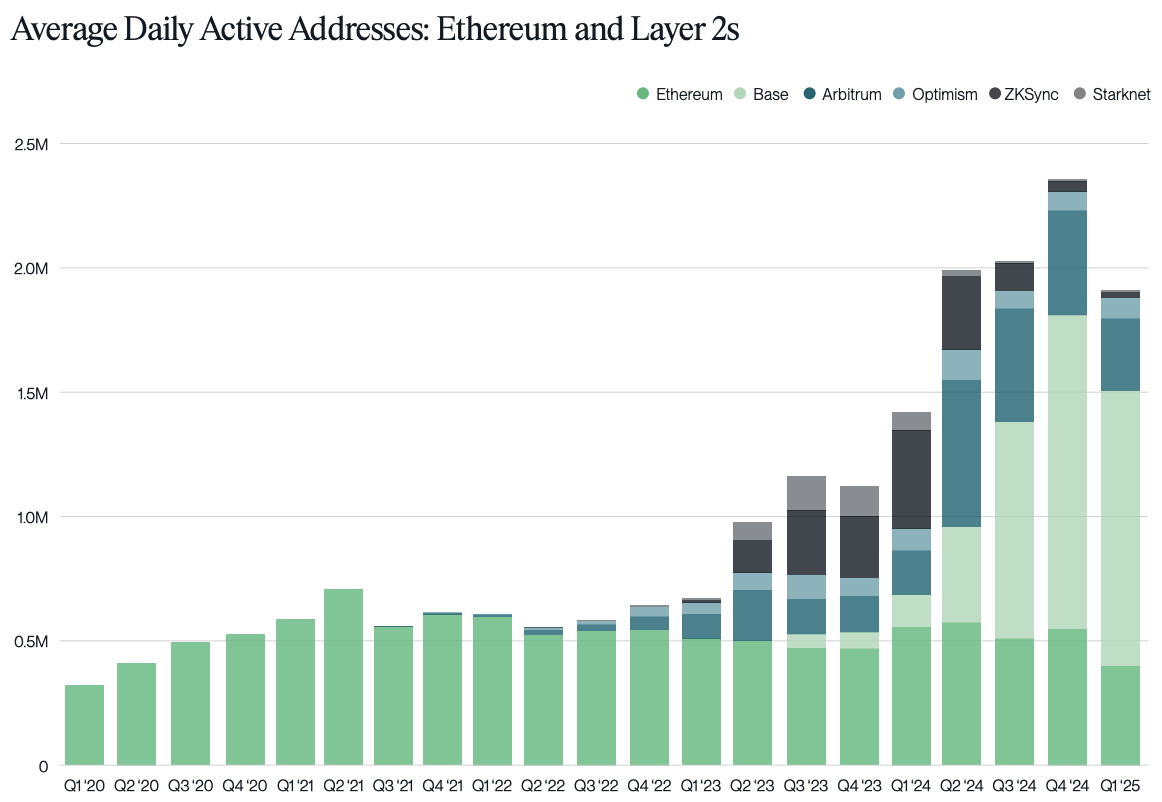Growing DeFi on Bitcoin: Rooch Network joins Cointelegraph Accelerator
Cointelegraph has announced that Rooch Network , a blockchain project building a native application layer for the Bitcoin ecosystem, has joined the Cointelegraph Accelerator program.
Bitcoin ( BTC ) was conceived as an alternative payment system, a digital cash. With a gigantic increase in value over the years, BTC rapidly became an appealing investment vehicle. Thus, the original cryptocurrency is primarily used for transacting and investing.
However, as the role of Bitcoin as a store of value grew, its potential in decentralized applications (DApps) was hindered by technical constraints. While Ethereum and other blockchains have found ways to adapt and support DApps and smart contracts, Bitcoin’s contribution to decentralized finance (DeFi) remained limited due to its lack of native smart contract functionality.
Bitcoin network evolves
Activated back in 2021, the Taproot upgrade opened the door to DeFi in the Bitcoin ecosystem. The upgrade brought native smart contract capability to the network, and DApps finally became a reality for Bitcoiners.
However, the upgrade didn’t result in a remarkable increase in Bitcoin DApps due to programming language deficiencies, leading ecosystem participants to layer-2 solutions . L2 protocols create an additional layer on blockchains where transaction load is transferred, mainly to improve scalability. L2s may also bring extra functionality to layer-1 blockchains. In Bitcoin’s case, L2s allow for developing complex DApps on the network.
Yet, many layer-2 protocols present severe challenges in terms of security and privacy. In practice, most L2s operate similarly to sidechains and lack the security of base layers. Moreover, custodial solutions require transferring asset control to third-party intermediaries, compromising security and decentralization.
Unlocking advanced DApps on Bitcoin
Rooch Network is creating a new way to build advanced, non-custodial DApps directly on the Bitcoin blockchain. By adding an application layer to Bitcoin, Rooch enables developers to create complex applications without giving up control over assets or data. This innovation could make Bitcoin an exciting hub for decentralized applications, opening up new use cases beyond simple transactions.
How it works
Rooch’s unique “Stackable L2” solution seamlessly integrates Bitcoin’s base layer with a scalable layer 2. By mirroring Bitcoin’s full state, the two layers stay in sync, delivering a smooth experience for both developers and users.
This modular approach also allows layer 2s to leverage third-party data availability (DA) chains for more efficient transaction processing, leading to faster speeds and increased scalability.

A visualization of the Rooch ecosystem. Source: Rooch
In the upcoming “pre-mainnet” phase, Rooch is preparing to support third-party full nodes and is integrating Bitcoin’s historical data from its origin. This phase includes connecting to the peer-to-peer network and implementing a decentralized sequencer that combines Rooch’s own programming language, Move, with Bitcoin Script to explore cross-chain functionality.
A real-world use case
Imagine a DApp that uses Bitcoin and can provide yields to holders without custodial risk. With Rooch, developers could build such applications natively on Bitcoin, providing users with secure, fast transactions that don’t rely on third-party control. This could be a game-changer for Bitcoin DeFi, attracting users who value both the security of Bitcoin and the flexibility of decentralized applications.
Why it matters
Rooch Network’s approach aims to make Bitcoin a more versatile platform, empowering developers to unlock new potential within the ecosystem. As Rooch moves toward mainnet and brings more features, it could fuel growth for Bitcoin’s DeFi sector, encouraging broader adoption and financial freedom in line with blockchain’s core principles. This progress could help Bitcoin evolve from a store of value into a powerful tool for decentralized applications, giving the broader Web3 community more reasons to engage with Bitcoin.
Disclaimer: The content of this article solely reflects the author's opinion and does not represent the platform in any capacity. This article is not intended to serve as a reference for making investment decisions.
You may also like
Stablecoin transactions outpaced Visa payments last quarter: Bitwise
Q1 may have been “frustrating,” but things are looking brighter for Q2

Brazil court sentences Braiscompany Team 170 years of jail for crypto scams
Slovenia Proposes 25% Flat Tax on Crypto and Derivatives Ahead of 2026 Launch

Bitcoin Consolidates at $84K, Eyes $100K Target with Strong Support

